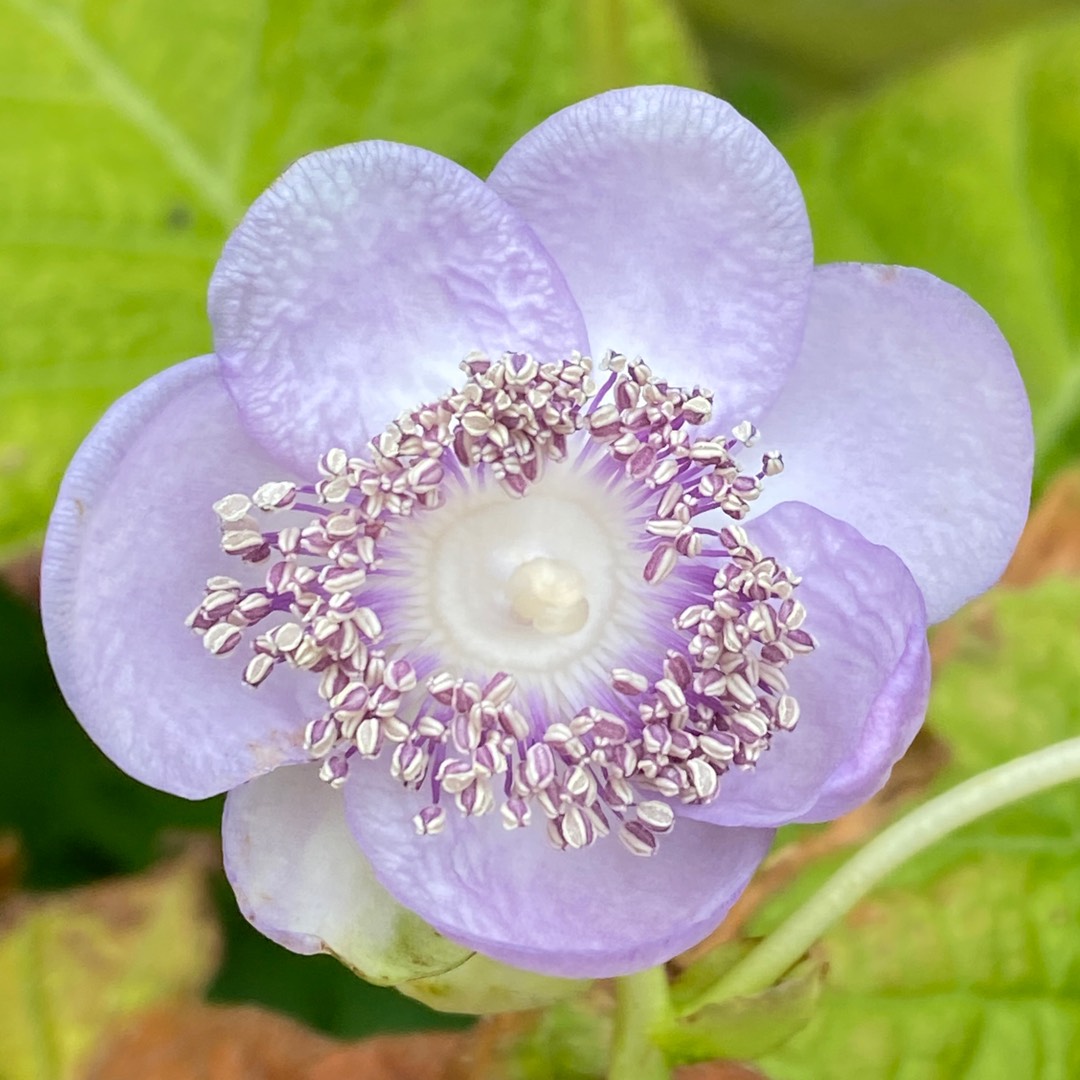
Deinanthe caerulea
Herbaceous Hydrangea
Deinanthe caerulea are closely related to Hydrangeas,hence the common name. From knobbly rhizomes emerge slender shoots which hold the deep green roughly textured, deeply veined leaves. In late summer the waxy rich purple-blue flowers are borne in loose clusters which may have the occasional sterile floret. Best grown in peaty, fertile, well-drained but consistently moist soils in light shade.
-
Partial shade
-
Occasional watering
-
Full Frost Hardy: 5F (-15°C)
-
Moist and free draining
Common name
Herbaceous Hydrangea
Latin name
Deinanthe caerulea
type
Herbaceous Perennials
family
Hydrangeaceae
ph
5.0 - 7.0 Acid - Neutral
Plant & bloom calendar
-
Best time to plant
full grown dimensions
 0.50 M
0.45 M
0.50 M
0.45 M
Deinanthe caerulea
Deinanthe caerulea are closely related to Hydrangeas,hence the common name. From knobbly rhizomes emerge slender shoots which hold the deep green roughly textured, deeply veined leaves. In late summer the waxy rich purple-blue flowers are borne in loose clusters which may have the occasional sterile floret. Best grown in peaty, fertile, well-drained but consistently moist soils in light shade.
Planting young plants
From Early Spring TO Early Spring
Plant in autumn or in early spring in good peaty soil that is moisture retentive and previously enriched with well decayed manure, compost or peat. They are best grown in a sheltered position against a wall or hedge or beneath a canopy of high trees. The tender young shoots are easily damaged by late spring frosts thus they should not be grown in positions where early morning sun after night frost may damage them.








